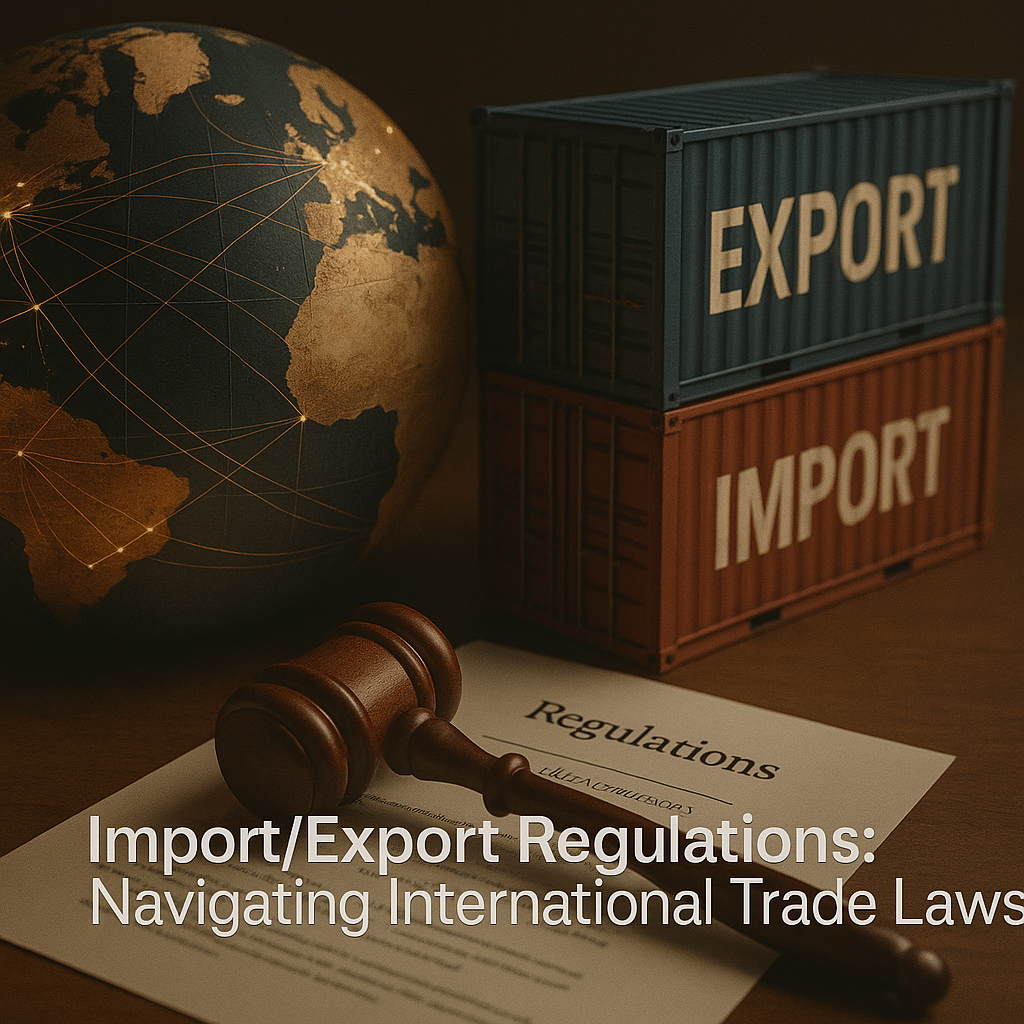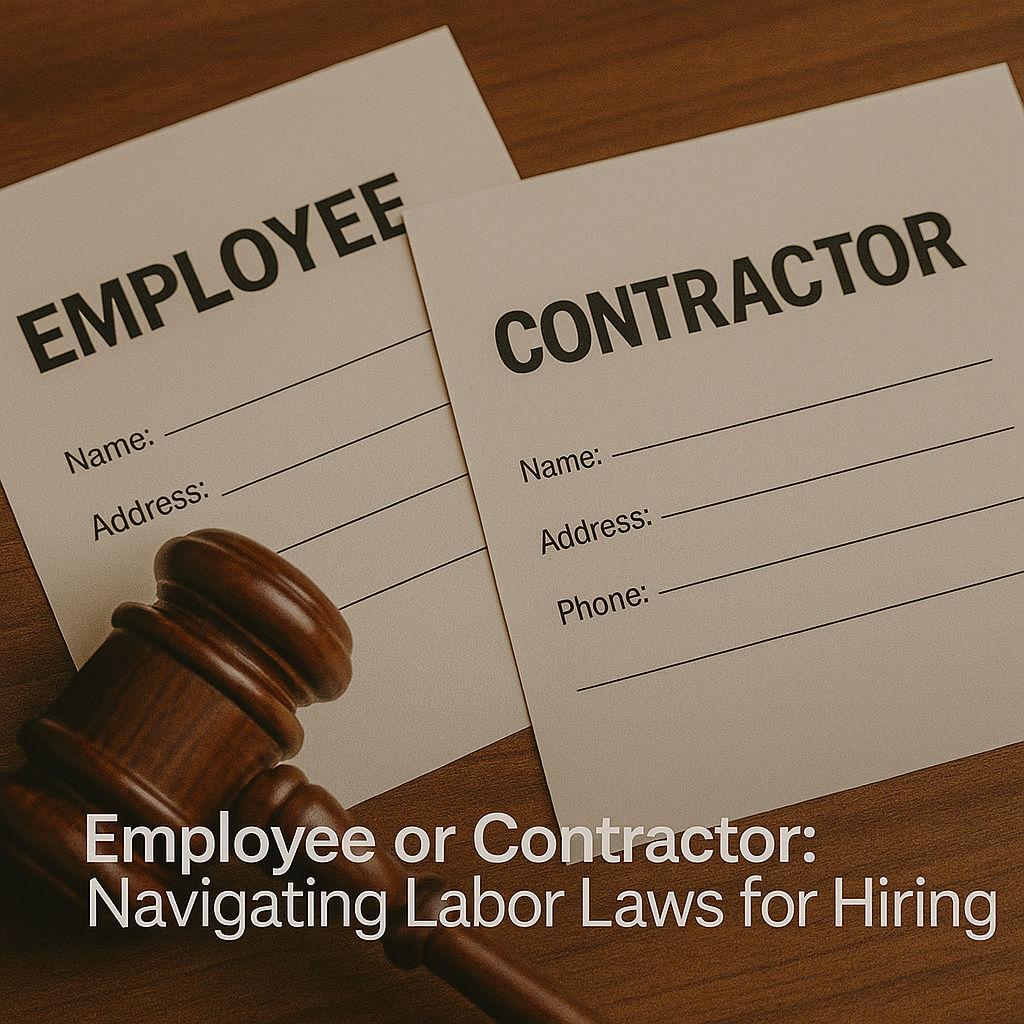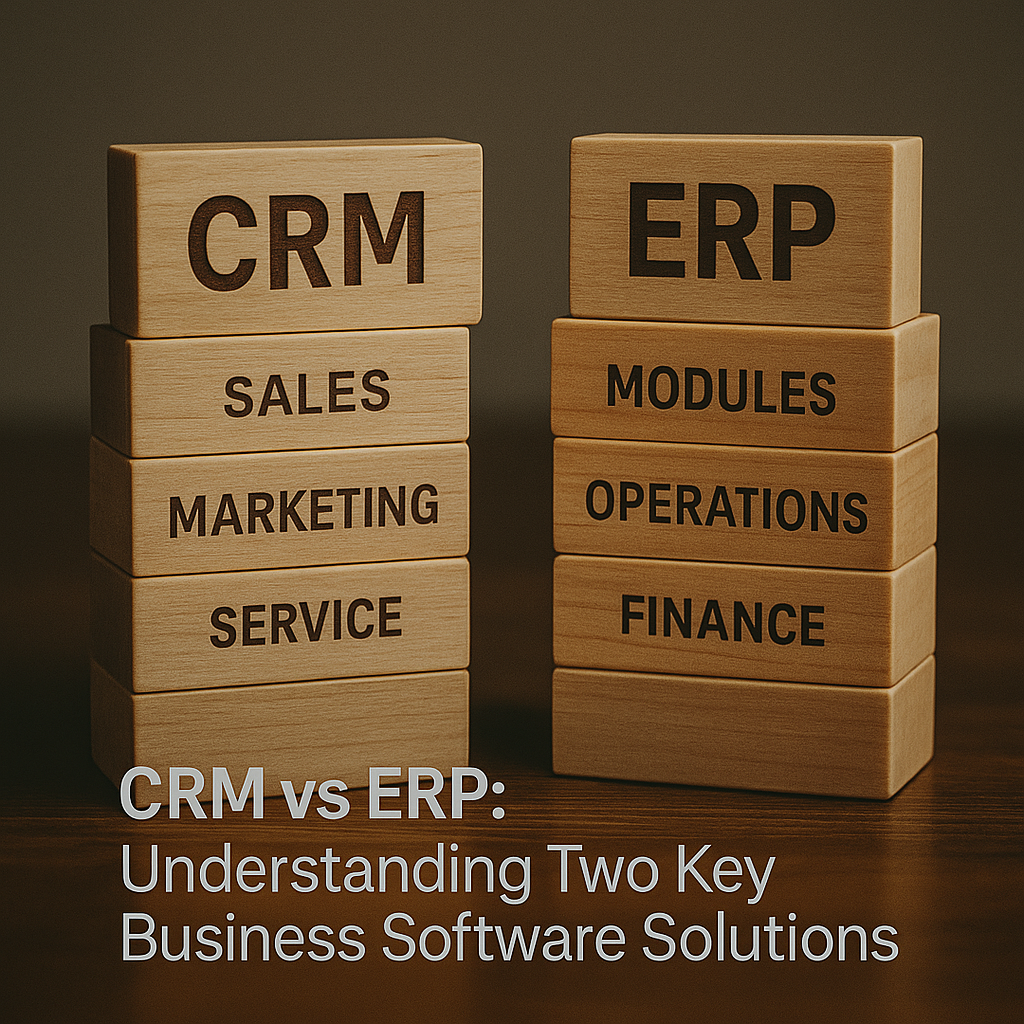Small business owners and entrepreneurs are constantly seeking effective methods to boost their bottom line and deliver an exceptional customer experience. One proven strategy is offering free shipping. This compelling incentive attracts both new and returning shoppers while significantly impacting ecommerce sales. In this article, we explore why free shipping is a critical component of modern retail strategies and how it transforms business operations.
Why Free Shipping Matters in Today’s Ecommerce Landscape
Today’s consumers expect seamless, cost-effective delivery options with every purchase. Free shipping drives increased orders, boosts customer satisfaction, and encourages repeat purchases. In an increasingly competitive ecommerce market, offering free shipping not only meets customer expectations but also paves the way for long-term growth. Entrepreneurs using this strategy can differentiate their brands in a crowded digital marketplace.
Research consistently shows that shipping costs are a leading cause of shopping cart abandonment. Removing this barrier creates an environment where customers feel more confident about their purchase decisions. With reduced extra costs, the checkout process becomes smoother, ultimately leading to higher overall revenue.
Moreover, free shipping enhances brand perception. Customers often associate free shipping with exceptional service and reliability. This positive association fosters long-term loyalty. As industry giants refine their delivery options, small business owners recognize that free shipping is not merely a perk—it’s a strategic investment in customer satisfaction and brand integrity.
Driving Sales and Enhancing Customer Experience
The benefits of free shipping extend well beyond immediate sales boosts. By removing additional costs, customers perceive greater value, which encourages larger basket sizes and the willingness to try new products. A simple and transparent free shipping offer creates a stress-free shopping environment, motivating hesitant buyers to complete their purchases.
Free shipping also directly influences the overall customer experience. When shipping costs are covered, customers are more likely to trust the brand and return for future purchases. This assurance of value builds enduring brand loyalty over time.
Marketing experts point to the psychological impact of free shipping. According to Forbes, eliminating the need for mental calculations regarding shipping fees simplifies the buying process, encouraging repeat business—a crucial advantage in today’s competitive market.
Boosting Customer Loyalty with Free Shipping
One of the greatest advantages of free shipping is its ability to build and reinforce customer loyalty. When shoppers enjoy the benefit of not paying extra fees, they are more likely to become repeat customers—a vital component of long-term success, as retaining existing customers is more cost-effective than acquiring new ones.
Free shipping demonstrates that a retailer values its customers by absorbing part of the logistical cost. This subtle yet powerful gesture reduces the perceived risk associated with online shopping and fosters trust between the customer and the brand.
Additionally, free shipping can act as an exclusive reward for loyalty program members or frequent buyers. Limited-time promotions or holiday offers that include free shipping drive urgency and repeat business, reassuring customers who may be comparing similar products from different retailers.
Entrepreneurs can further enhance customer relationships by coupling personalized shipping promotions with targeted email campaigns or loyalty rewards. Companies like this innovative platform illustrate how an integrated approach can yield impressive results.
Implementing Free Shipping Without Sacrificing Profit Margins
Many retailers worry about the impact of free shipping on profit margins. However, strategic planning can offset these costs while ensuring sustainable long-term benefits. Start by analyzing overall logistics expenses; by renegotiating shipping rates with carriers or exploring alternative fulfillment options, businesses can integrate free shipping into their models effectively.
Setting a minimum order value for free shipping is another proven method. This encourages customers to spend more while ensuring that shipping costs are covered by higher revenues. Successful online retailers often use this tactic to convert a nominal threshold into an opportunity for upselling.
Investing in robust supply chain management tools is also key. Automation and analytics help monitor shipping trends and optimize logistics, reinforcing the decision to offer free shipping. In some cases, businesses adopt hybrid models—offering free shipping to loyalty members or for select product categories—to balance costs without compromising customer appeal.
Successful free shipping strategies require more than just pricing adjustments. Transparent communication about shipping policies builds customer trust. Providing clear information and feedback options allows businesses to continuously improve and address any customer concerns.
Strategic Considerations for Modern Retailers
When crafting free shipping policies, it’s important to understand your customer base and tailor offers to specific market segments. Leveraging data analytics can help determine the optimal free shipping thresholds and promotional periods that resonate best with shoppers.
Consider the broader economic context as well. Free shipping campaigns can act as a competitive differentiator during seasonal peaks or market shifts. A well-timed free shipping offer can capture consumer attention and boost revenue streams.
Utilize social media and email marketing to spread the word about your new shipping policies. Sharing success stories and customer testimonials about hassle-free deliveries can enhance your brand’s image. Collaborations with influencers and other established brands are additional avenues to highlight the benefits of free shipping.
Ultimately, exploring how free shipping fosters customer loyalty is about creating a comprehensive ecosystem where each interaction makes the customer feel valued. Whether through content marketing, exclusive deals, or consistently reliable service, free shipping is a cornerstone of a customer-centric retail model.
By integrating free shipping into your overall strategy, you can create opportunities for upselling and cross-selling. For example, suggesting complementary products at checkout or bundling offers with free shipping appeals to consumers and increases the total transaction value. This holistic approach not only drives immediate sales but also builds long-term customer engagement.
The decision to offer free shipping is a strategic move that impacts marketing, customer service, and operational efficiency. Entrepreneurs who implement it thoughtfully often find that the benefits in trust, loyalty, and revenue far outweigh the initial costs.
Today’s online consumers expect value-driven shopping experiences, making free shipping more than just a promotional tool—it’s essential. Its positive impact on conversion rates, average order values, and customer satisfaction is undeniable. By adopting free shipping, you signal a commitment to transparency, convenience, and customer value, ensuring that your business stays competitive in the evolving digital landscape.
Ultimately, offering free shipping is an investment in the customer journey. As more retailers embrace this approach, businesses that cling to high shipping fees risk being left behind. Small and medium-sized enterprises can regain their competitive edge and build a foundation for continued success by prioritizing free shipping.
- Free shipping eliminates price barriers and increases conversion rates.
- A stress-free shopping experience drives higher customer loyalty.
- Strategic free shipping models help maintain healthy profit margins.
- Data-driven logistics and marketing tools ensure alignment with overall growth strategies.









